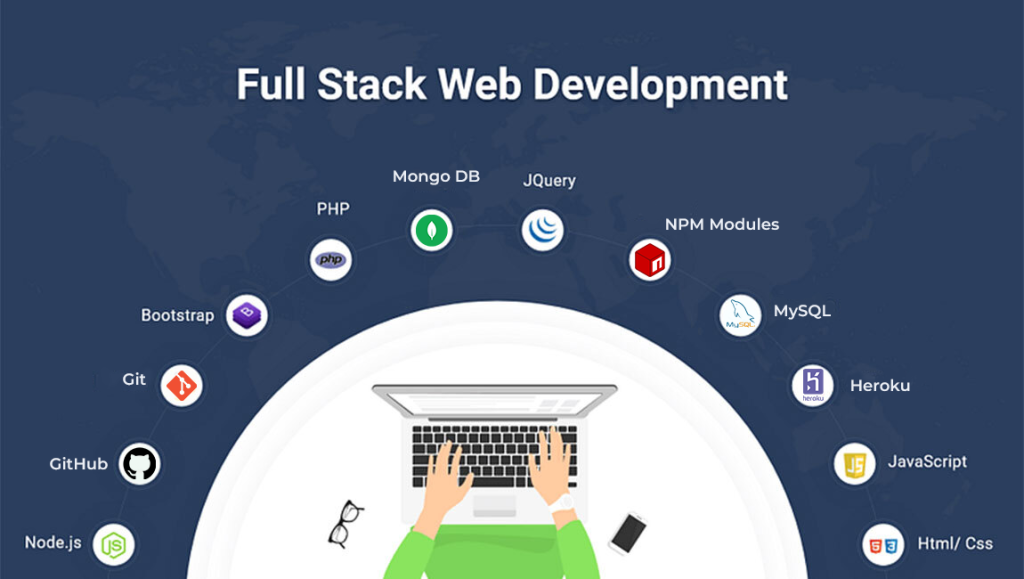Creating seamless forms in React applications is crucial for delivering a positive user experience UX. Reacting to user input efficiently is a key aspect of this, and several proven strategies can elevate your UX to new heights. One fundamental approach is leveraging controlled components, where form elements are bound to state variables. This ensures that React has full control over the form’s state, making it easier to manage and synchronize with the user interface. By reacting to user input through state changes, developers can dynamically update the UI, providing real-time feedback and enhancing the overall responsiveness of the form. In addition to controlled components, incorporating form validation is essential for improving the user experience. React allows for the implementation of both client-side and server-side validation. Client-side validation offers instant feedback to users, preventing unnecessary server requests for invalid data.

By reacting to user input on the client side, developers can guide users to correct their entries efficiently, reducing frustration and potential errors. Combining client-side validation with server-side validation ensures a robust and secure form, offering react js redirect to another page seamless experience while maintaining data integrity. To further enhance the UX, consider integrating conditional rendering based on user input. This allows the form to dynamically adjust its structure or display based on the user’s selections or inputs. Conditional rendering can be employed to show or hide specific form sections, guide users through a multi-step process, or display relevant information based on their choices. This approach creates a more personalized and intuitive form-filling experience, streamlining the user journey and reducing cognitive load. Another strategy to elevate your UX is the use of debouncing and throttling techniques. Reacting to every keystroke or input change can lead to unnecessary re-renders and potentially impact performance. Debouncing and throttling help manage the frequency of function calls in response to user input.
Debouncing delays the execution of a function until a specified time has elapsed since the last invocation, while throttling limits the number of times a function can be called within a specified time frame. Implementing these techniques ensures a smoother and more optimized user experience, particularly in scenarios where user input triggers complex computations or API requests. In conclusion, building seamless forms in React applications requires a thoughtful combination of controlled components, validation, conditional rendering, and optimization techniques. By reacting to user input with these proven strategies, developers can create forms that not only meet functional requirements but also provide an intuitive, responsive, and enjoyable experience for users. Prioritizing these elements in form development not only improves the usability of your application but also contributes to overall user satisfaction and engagement.
